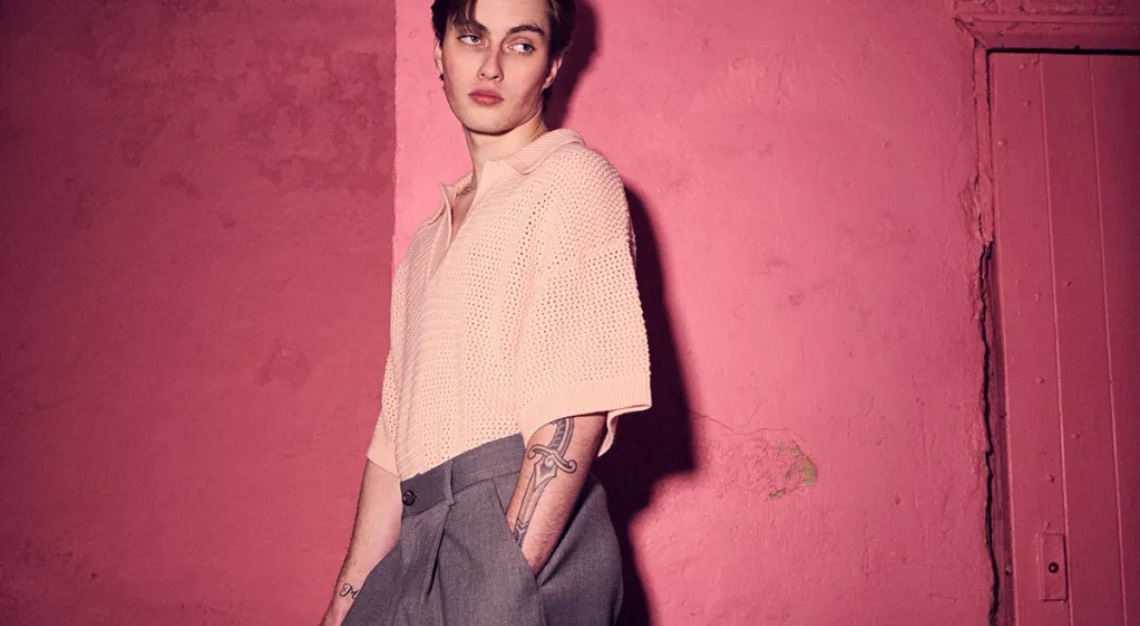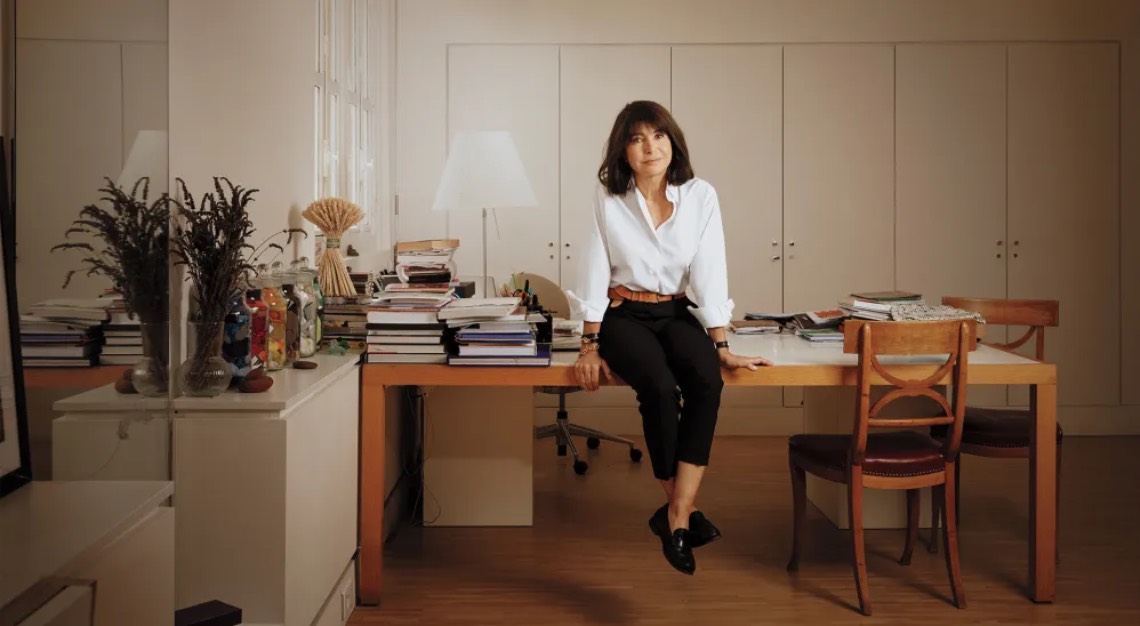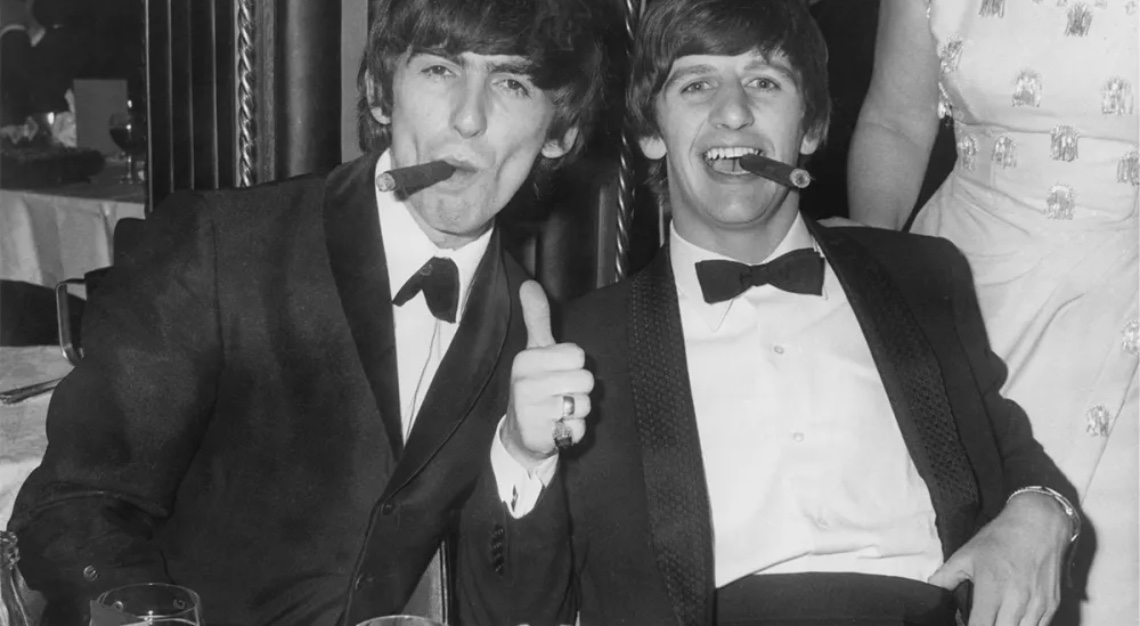Bao Vu, the 26-year-old behind K-Zao, applies a background in the arts to create chic suits and other garments
At first glance, the studio of independent bespoke tailor K-Zao closely resembles its industry brethren on Savile Row. Clients’ paper patterns hang from the wall, books and bolts of fabric sit on shelves, and garments in various stages of make idle on hangers. The shop window even displays what appears to be a royal warrant.
But upon closer inspection, its text reveals a cheeky twist: “By Appointment to Their Majesty the Queer, Tailors of Suit and Purveyors of Slay.”
K-Zao, sandwiched between a kombucha brewery and a florist in a post-industrial strip of Providence, Rhode Island, is not your typical bespoke maker. But for all the surprises it holds, the service it provides is as traditional as it gets. Clients are met and measured by 26-year-old founder Bao Vu, above, who then cuts, sews, and finishes the commissioned garments almost entirely by hand.

In the United States, it’s exceedingly rare for a single individual to practice each part of the bespoke process, from conducting fittings to finishing buttonholes. This makes it all the more remarkable that Vu, who was raised in Vietnam, is entirely self-taught.
As a student at the Maryland Institute College of Art, they studied sculpture before moving to Providence to take a job at Brown University. But when the onset of the pandemic nixed their employment opportunity, Vu picked up a needle and a thread.
“I think I did it because I couldn’t do anything else,” Vu tells Robb Report.
While others mastered sourdough, Vu spent 2020 reading books on patternmaking, visiting internet forums frequented by tailors, watching instructional videos on YouTube—and making clothes for themselves. K-Zao, named after a Vietnamese expression meaning “folk songs,” was born, and found its first client that same summer.
In the years since, the upstart business has attracted clients through appearances at local craft shows, social media, and especially by word-of-mouth. Vu estimates that about 80 per cent of their clientele remain local, although the last year has brought customers from Chicago, the Bay Area, and Washington D.C.

What undoubtedly appeals to clients—who, according to Vu, are typically wearing suits by choice, often for special events—is the strongly defined house style. Jackets have high, roped shoulders, sweeping lapels, nipped waists, and long skirts; trousers are full and flowing. Stylistically, lapels are often peaked, pockets are usually slanted, and jackets are secured by a single button.
But in contrast to the more structured English tailoring it references—Vu names Chittleborough & Morgan and Tommy Nutter as particular influences—Vu’s garments are built for softness. Except for the roping, shoulders are totally unpadded, and jackets are fully canvassed but free of the bulkier filling domette.
The resultant silhouette is strong yet sensual, and thanks to Vu’s preference for heavier fabrics, often possessed of significant drape. It’s enough that clients, even those new to tailoring, are typically happy to leave the styling entirely in Vu’s hands.
“A lot of people come in and say, ‘I’m just going to just pick out the colours and you get to take care of the rest.’ And yes, I love that,” Vu says.
Not that details are non-negotiable—notched lapels and straight pockets are sighted on the studio’s in-progress garments. But there are certain parameters. “Definitely no skinny lapels,” Vu says. “It’s more, ‘How wide do you feel comfortable wearing?”

The K-Zao cut does not map neatly onto gender binaries, something that has endeared it to a more diverse clientele not always served by traditional tailors. “When I first started out, I didn’t see it as making for the male figure or the female figure. I saw it as how to take this piece of cloth and tailor it to this body,” Vu says of their approach. “Every body is different, and so the pattern has to reflect that.”
A two-piece suit from K-Zao starts at US$3,588, and typically requires two fittings. Orders are usually fulfilled in about four months. “We’re getting a lot busier, and so waits have been a lot longer,” Vu admits. To help, K-Zao has recently added a second employee, 26-year-old Flora Fattahi, who handles day-to-day logistics as its studio manager and assists with machine-sewing the few garment seams (such as the length of the trousers) that are not sewn by hand.
There’s no questioning that Vu is an autodidact—and a formidable one at that. But it would be a mistake to assume that their academic background in sculpture hasn’t influenced their self-taught one in tailoring. To illustrate the link between the two, Vu compares their garments to site-specific sculptures.
“It only makes sense if that person is wearing it. It doesn’t mean that they can’t wear it with something else. It just means that it’s made for them, with intentionality.”
K-Zao, a sculptor by other means, is one to watch.
This story was first published on Robb Report USA.






